Privacy Policy | Terms and Conditions | Disclosure Statement | License Policy
COPYRIGHT © 2024 | NUMBER 8 COOKING | ALL RIGHTS RESERVED.

Privacy Policy | Terms and Conditions | Disclosure Statement | License Policy
COPYRIGHT © 2024 | NUMBER 8 COOKING | ALL RIGHTS RESERVED.

Privacy Policy | Terms and Conditions | Disclosure Statement | License Policy
COPYRIGHT © 2024 | NUMBER 8 COOKING | ALL RIGHTS RESERVED.
Cooking is a skillful art; controlling heat in cooking is akin to wielding a painter’s brush with finesse. One of the fundamental skills any cook, novice or seasoned, must learn is how to control heat.
The ability to manipulate temperature effectively can transform ordinary ingredients into extraordinary culinary delights. In this guide, we’ll explore the details of heat control, techniques, and tips that will elevate your cooking to new heights.
Before diving into heat control, one must grasp the different heat sources used in cooking. Each source has unique characteristics, from gas stovetops to electric coils, induction cooktops, grills, and ovens. Understanding how your heat source behaves allows you to anticipate and adjust accordingly.
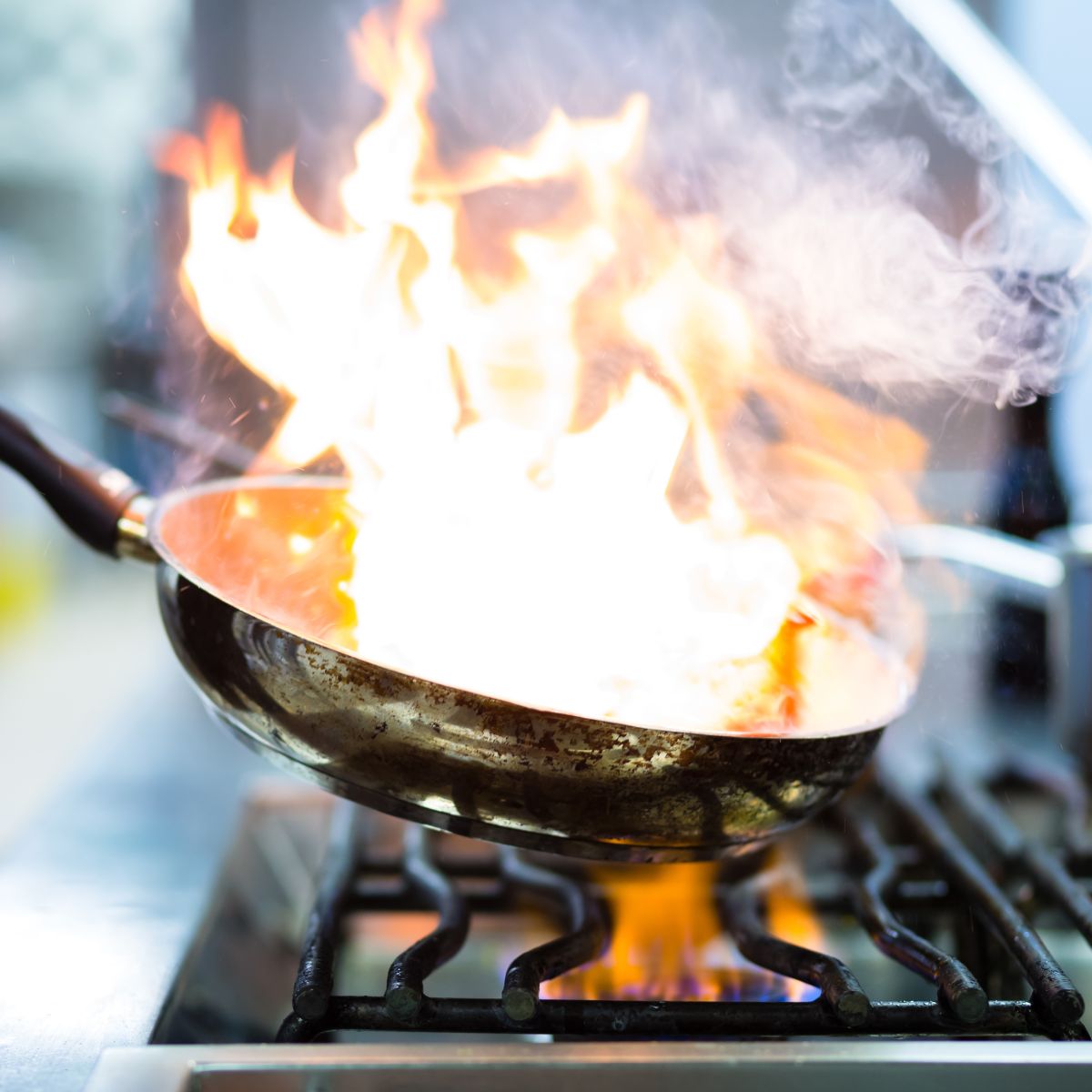
Always preheat your oven, pan, or skillet when using different heat sources, such as gas stovetops or electric ovens. This will ensure even heat distribution and consistent cooking results. When a steak hits that pan, you want to hear it sizzle.
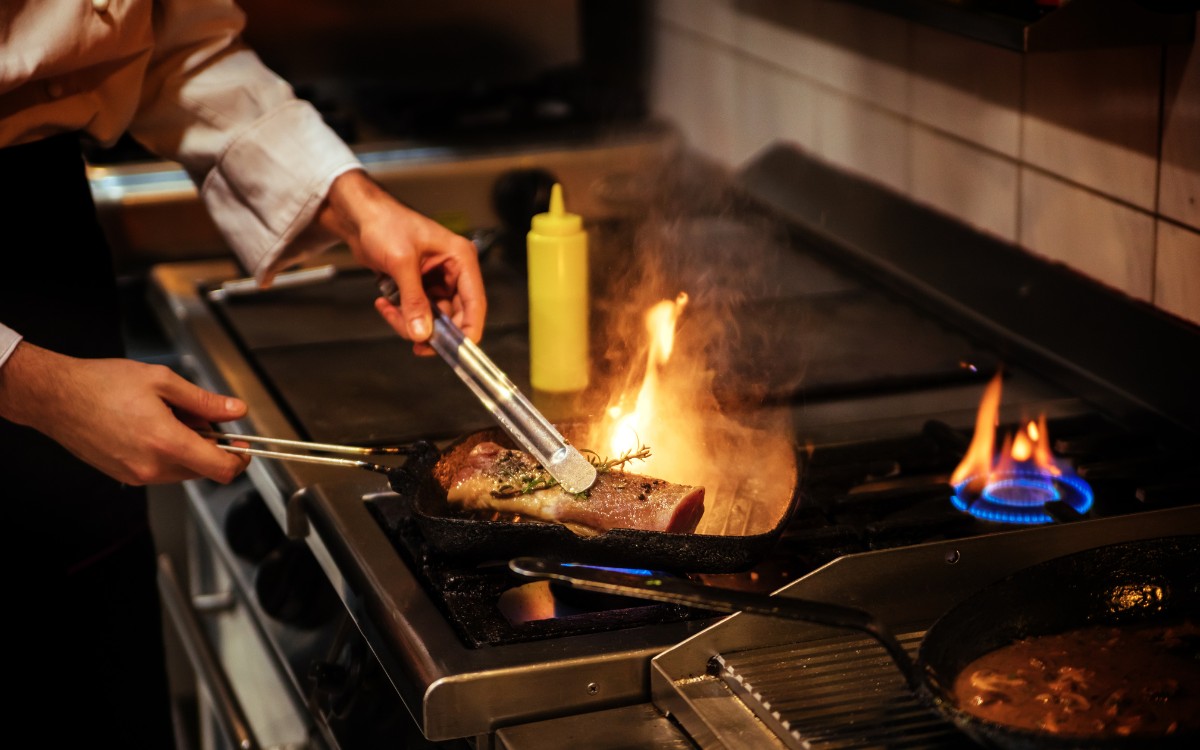
For gas stovetops, mastering flame control is crucial. Start by familiarizing yourself with the burner settings. Lower flames produce gentler heat, ideal for simmering delicate sauces or melting butter. Conversely, higher flames generate intense heat suitable for searing meats, sautéing, or achieving a quick boil.
Controlling heat in cooking — To avoid scorching delicate ingredients like garlic, pine nuts, or herbs, start by sautéing them over low heat and gradually increasing the flame to achieve the desired browning without burning.
Grilling enthusiasts understand the importance of utilizing different zones on the grill to control heat. When grilling, I always have a two-zone setup, with one side for direct heat and the other for indirect heat. This gives me versatility. For caramelization, sear meats like chicken breasts over the hot zone, then transfer to the cooler side to finish cooking evenly without burning.
Controlling heat in cooking — Keep one side of the grill hotter for searing meats and the other warm for gently cooking vegetables or finishing foods without overcooking.
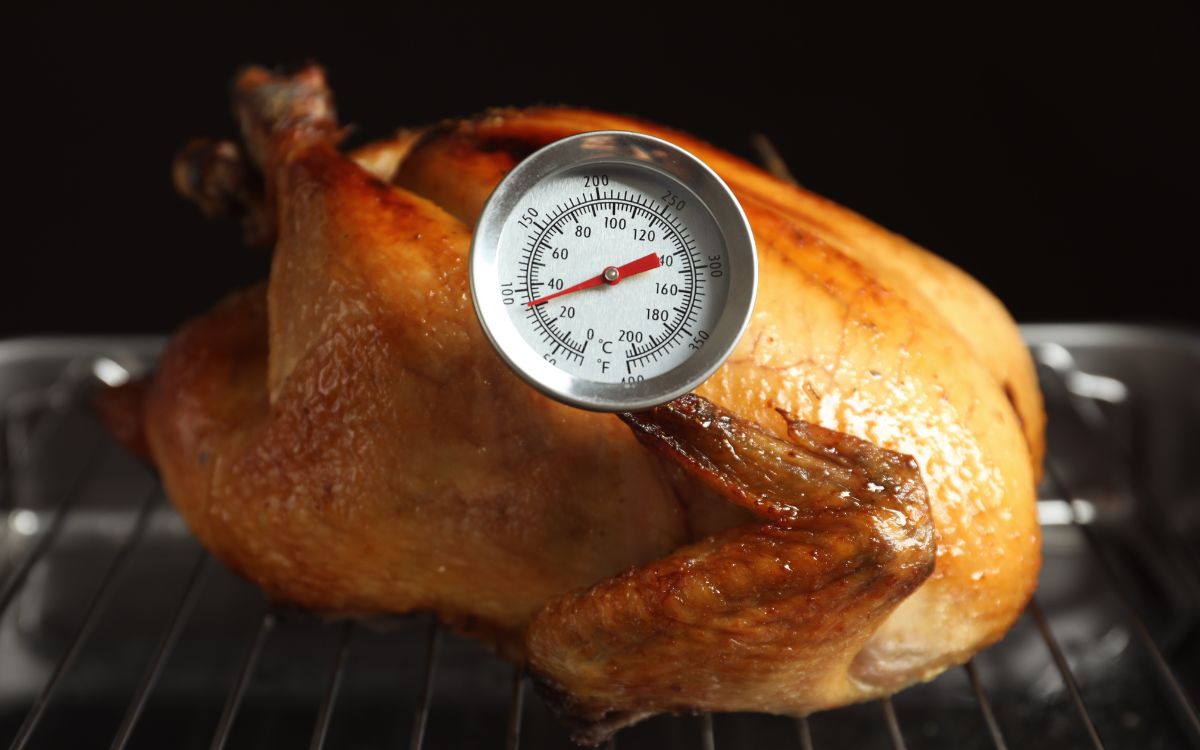
Ovens provide a controlled environment for cooking, but understanding temperature distribution is vital. Get to know your oven and note any hot spots. Knowing the hot or cold spots can lead to smooth cooking. At the same time, fluctuations in temperature may affect the outcome. I advise investing in an analog oven thermometer to ensure accuracy and adjusting rack positioning as needed for consistent results.
Controlling heat in cooking — For recipes requiring precise oven temperatures like Yorkshire puddings, always allow your oven to preheat fully before adding your dish to ensure consistent cooking.
Induction cooktops offer precise temperature control, making them a favorite among seasoned cooks. To harness this technology effectively, familiarize yourself with the power settings and adjust accordingly. Start with lower temperatures and gradually increase as needed, avoiding abrupt heat increases that can shock ingredients.
Controlling heat in cooking — When cooking with induction, use cookware with flat, magnetic bottoms for optimal heat transfer and efficiency. Avoid sliding pans, which can scratch the surface and possibly affect heat distribution.
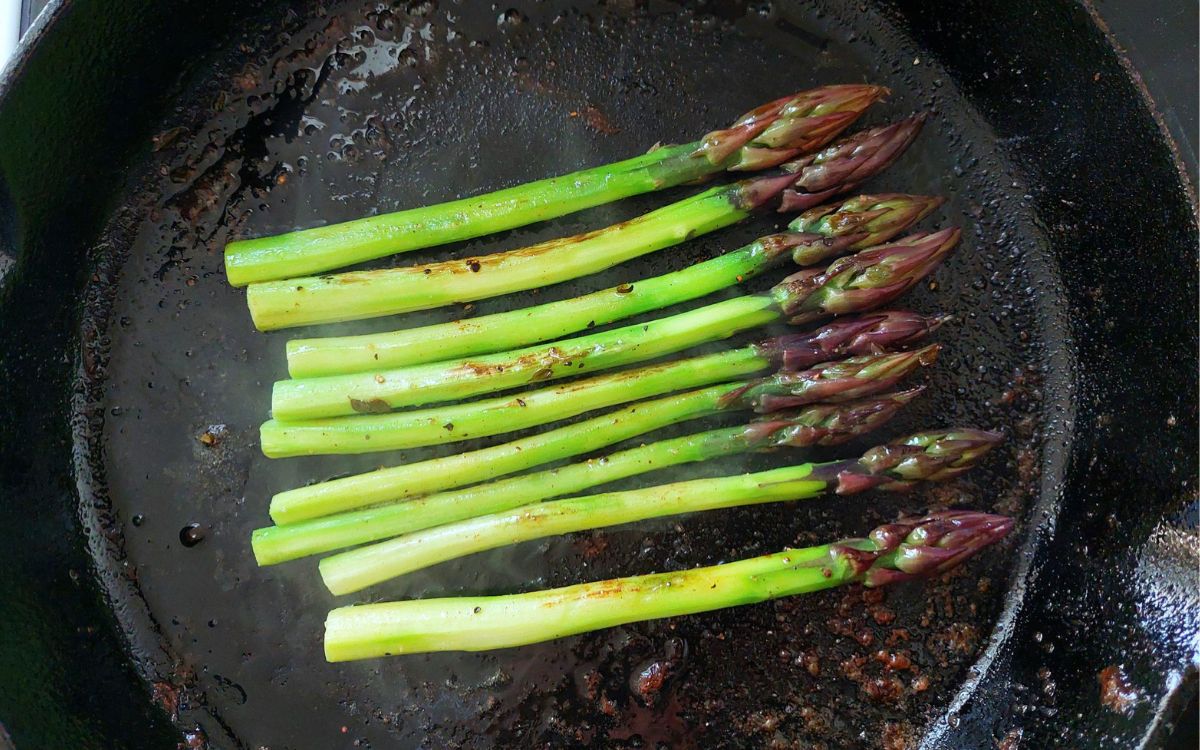
Certain ingredients require delicate handling when it comes to heat. Seafood, eggs, and asparagus are heat-sensitive foods that demand careful attention. Utilize low and slow cooking methods to prevent overcooking or curdling, ensuring optimal texture and flavor.
Controlling heat in cooking — When cooking with heat-sensitive ingredients like seafood or dairy, remove them from the heat source just before they’re fully cooked to prevent overcooking and maintain their delicate textures.
Constant vigilance is essential when it comes to controlling heat. Regularly monitor the cooking process, adjusting heat levels to maintain equilibrium. Be proactive in anticipating changes, whether reducing heat to prevent burning or increasing it to expedite cooking.
Controlling heat in cooking — Regularly check your dish and adjust the heat level to prevent burning or undercooking. Pay attention to visual cues like browning or bubbling to gauge when adjustments are necessary.
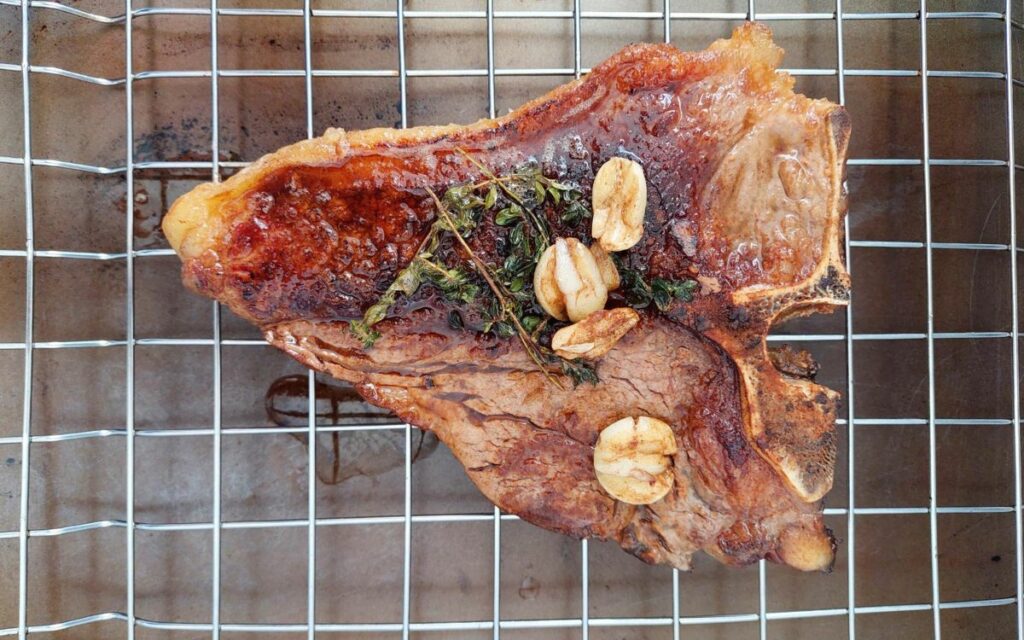
Understanding the concept of carryover cooking is vital, especially when dealing with meats. Remove meats from the heat source slightly before reaching the desired doneness, allowing residual heat to finish the cooking process. Resting meat also allows juices to redistribute, resulting in a more flavorful and tender outcome.
Controlling heat in cooking — Allow meats to rest after cooking to allow juices to redistribute, resulting in a juicier and more flavorful final product. Consider carryover cooking when determining the final cooking time to avoid overcooking.
Mastering the art of controlling heat in cooking is a journey that requires patience, practice, and keen observation. Understanding your heat source, adapting techniques to suit different ingredients, and maintaining vigilance throughout the cooking process will unlock culinary possibilities. Controlling heat in cooking holds the power to create culinary masterpieces.
Cooking is a science and a skill that requires a deep understanding of both the technical and creative aspects. Cooking is also a matter of precise measurements and ratios.
For example, baking is particularly sensitive to accurate measurements and temperatures. A slight deviation in the amount of an ingredient or cooking degrees can result in a completely different outcome. So, to help you, here is a handy little unit converter tool for cooking without guesswork.